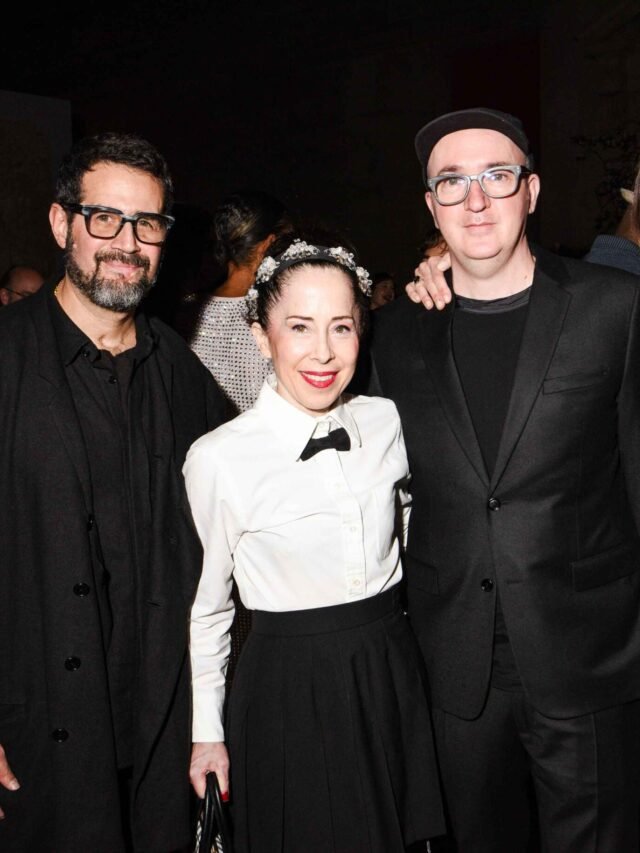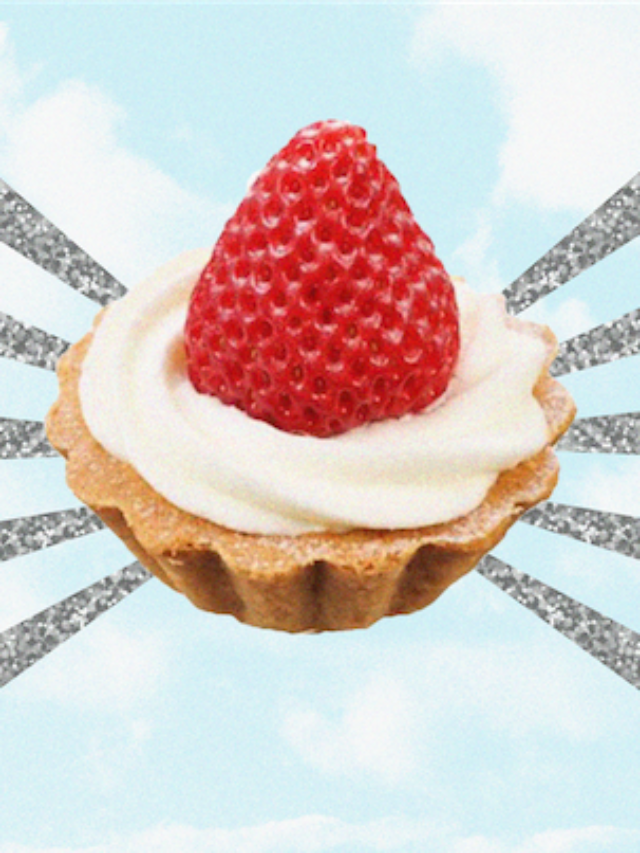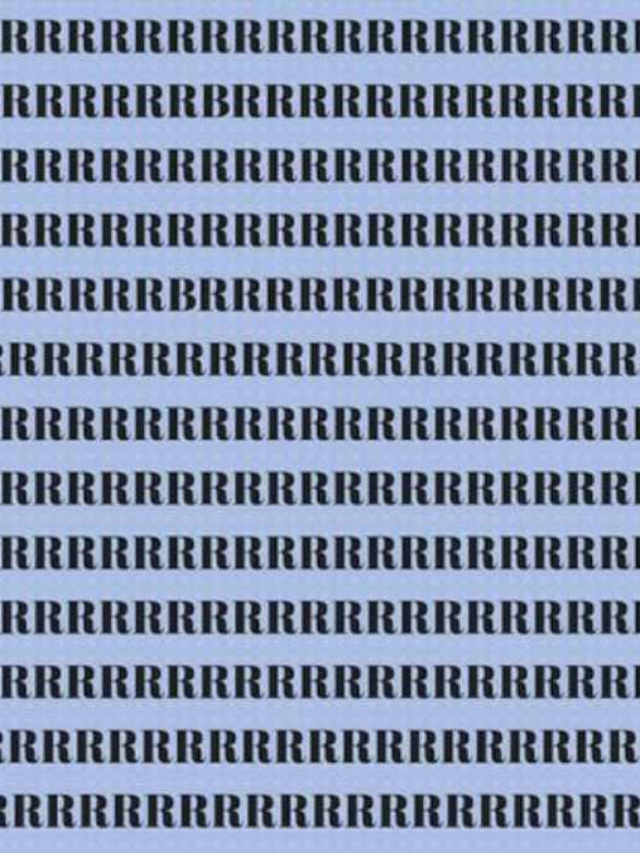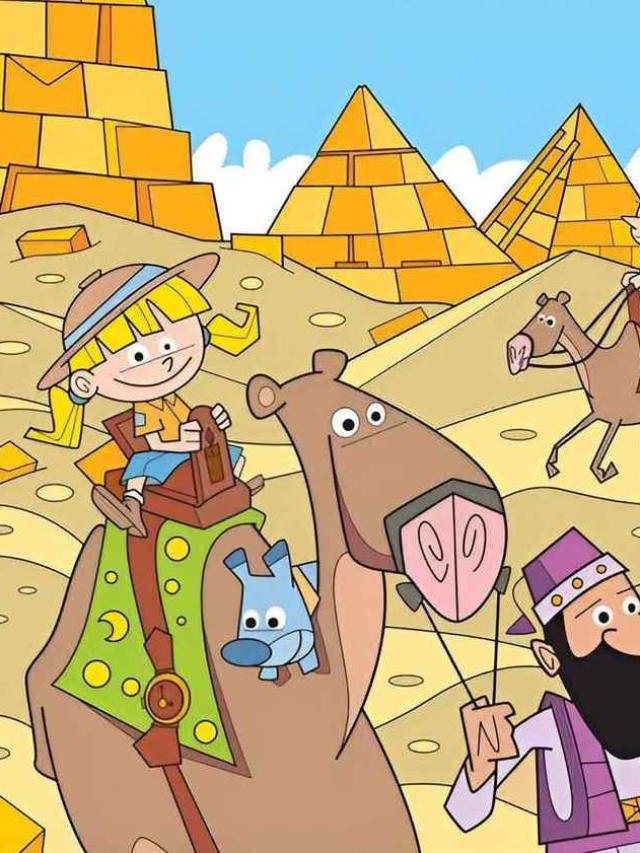Introduction
Optical illusions are fascinating phenomena where the brain is tricked into seeing something that may not be present or perceiving an image in a way that contradicts physical reality. These illusions exploit the brain’s visual processing systems, causing us to interpret images in unusual ways. There are various types of optical illusions, including literal, physiological, and cognitive illusions. Each type plays on different aspects of visual perception, such as color, light, and patterns.
Visual Perception
Visual perception is the brain’s ability to interpret and make sense of visual information from the environment. This complex process involves the eyes capturing light and converting it into electrical signals that are then processed by the brain. The brain uses past experiences, context, and various cognitive functions to understand these signals. Optical illusions reveal the underlying mechanisms of visual perception by highlighting its limitations and quirks.
The Challenge: Finding the Different Car
One popular type of optical illusion is the “find the difference” challenge. These puzzles present two seemingly identical images with subtle differences. The goal is to spot these differences within a set time limit. In our case, we have an image filled with cars that appear almost identical, and your task is to find the one car that is different from the rest within 5 seconds.
1. **Focus on Details**: Pay close attention to small details such as color, shape, size, and patterns. The difference might be a slight variation in any of these aspects.
2. **Scan Systematically**: Rather than looking randomly, scan the image systematically from one side to the other or from top to bottom. This method ensures you don’t miss any part of the image.
3. **Identify Key Features**: Cars have various distinguishable features such as headlights, grills, windows, and logos. Focus on these features as the difference is likely to be in one of these areas.
4. **Practice**: Regularly engaging with such puzzles can improve your speed and accuracy in spotting differences.
The Science Behind the Illusion
Optical illusions like these engage multiple areas of the brain, including the visual cortex, which processes visual information, and the prefrontal cortex, which handles complex cognitive tasks. When you look at an image filled with similar objects, your brain uses pattern recognition to quickly make sense of the scene. However, when a small difference is introduced, it can take extra cognitive effort to spot the inconsistency.
The challenge exploits several visual processing principles:
– **Figure-Ground Segregation**: The brain’s ability to distinguish an object (figure) from its background (ground).
– **Gestalt Principles**: These include proximity, similarity, and continuity, which the brain uses to group elements together and perceive them as a whole.
– **Attention Mechanisms**: Focused attention is necessary to spot the difference, which involves selective concentration on a particular area while ignoring others.
Cognitive Load and Time Pressure
Adding a time constraint, such as the 5-second limit, increases the cognitive load, making the task more challenging. Under time pressure, the brain must process visual information quickly and efficiently. This scenario mimics real-life situations where rapid decision-making is crucial, such as driving or playing sports.
Why are people drawn to these puzzles? There are several psychological reasons:
– **Challenge and Achievement**: Successfully solving the puzzle provides a sense of accomplishment.
– **Engagement and Fun**: These puzzles are engaging and provide a fun way to exercise the brain.
– **Competition**: Sharing these challenges with friends or on social media adds a competitive element, making the activity more exciting.
Regularly engaging with optical illusions and similar puzzles can enhance various cognitive skills, including:
– **Attention to Detail**: Sharpening the ability to notice fine details in the environment.
– **Pattern Recognition**: Improving the ability to identify and differentiate patterns.
– **Speed and Accuracy**: Enhancing the capability to process information quickly and accurately under pressure.
Optical illusions like the “find the different car” challenge are not just entertaining but also provide insight into the workings of the human brain. They highlight how our visual perception operates and how easily it can be tricked. By practicing such puzzles, one can improve cognitive skills, making these challenges both fun and beneficial. Next time you come across an optical illusion, take a moment to appreciate the intricate dance between your eyes and brain and enjoy the thrill of solving the visual mystery.

















